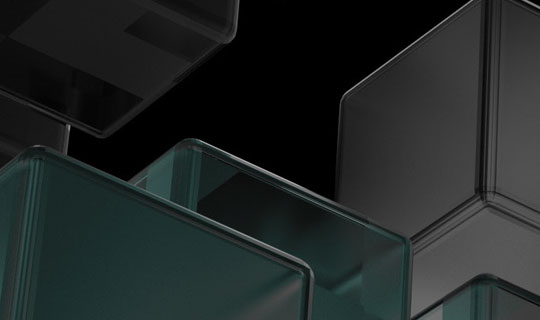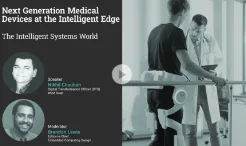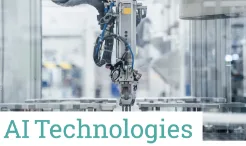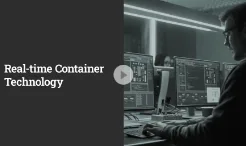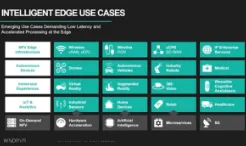Containers for
Commercial Industries
Wind River is the industry leader in delivering RTOS support for containers, suitable for the most demanding embedded systems and conforming to the OCI open standard.
Industrial devices continue to gain intelligence at the edge.
The expanding software-defined world is enabling new capabilities and new business models, but also new risks. Companies across industry segments — including manufacturing, medical, and energy — see opportunities to capture the gains of this AI-driven wave while mitigating the risks inherent in progress. Container technology offers a path forward, and Wind River® has delivered support for containers in embedded systems for more than five years.

Modernizing Process Control Automation at the Intelligent Edge
Process control automation software containerization helps industrial process automation makers modernize their legacy control systems by providing a flexible and scalable solution to manage both legacy and new applications at the same time. Containers encapsulate applications, including dependencies and libraries, making it easier to migrate legacy systems to newer environments without major modifications.
Containerization also eases application deployment distributed across systems, allowing legacy systems to run on modern infrastructure and take advantage of cloud resources. Containers can enhance security by isolating applications, preventing potential vulnerabilities from affecting the entire system. With container orchestration platforms such as Kubernetes, legacy process control systems can improve system resource utilization, scale more efficiently, and automate container management. Process control systems’ modernization gains reliability, scalability, and security.
Enhancing Cybersecurity for Medical Devices
New regulations require medical device manufacturers to strengthen the cybersecurity posture of new or enhanced connected medical devices. Manufacturers must demonstrate a plan to monitor, identify, and address cybersecurity vulnerabilities and exploits. They must describe processes to make available updates and patches to devices in the field.
Medical device manufacturers can significantly ease the vulnerability remediation process by adopting a microservices and containerization strategy for device software. A monolithic software stack rearchitected to microservices applications that are containerized allows individual containers to be updated without affecting the rest of the platform. For connected medical devices deployed in the field, an over-the-air (OTA) update strategy, much like that used to update today’s cell phones, speeds and simplifies the vulnerability remediation process.

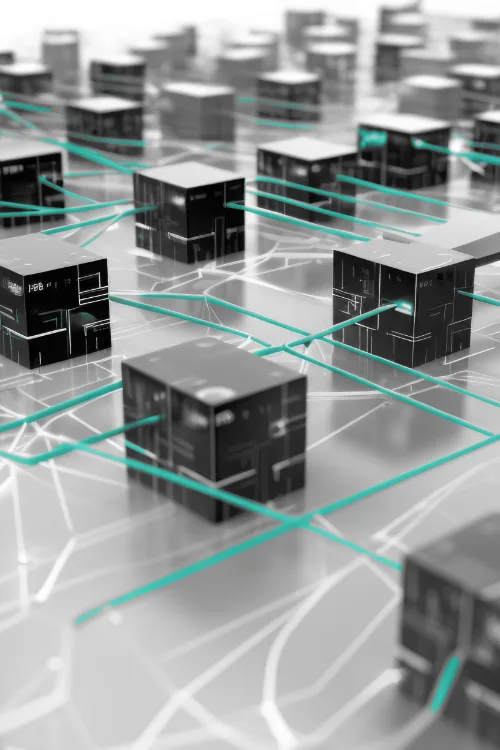
Strengthening Energy Security at the Grid Edge
Electric grid operators are enabling intelligence at the edge to improve operational control and data collection for AI applications such as conditional or predictive maintenance. Adding intelligence also opens the door to security vulnerabilities. Software containerization helps electric utilities secure the electric grid by providing a robust and isolated environment for running critical applications. Containers encapsulate software and its dependencies, ensuring consistent deployment across various environments, minimizing security vulnerabilities, and reducing the attack surface.
By adopting container technology, electric utilities can isolate applications with different safety criticality. This isolation reduces the attack vector and limits the impact of potential breaches. As utilities adopt smart grid technologies, containerization of the grid’s software components improves the grid’s security.
Containers can facilitate rapid updates and patches, enabling utilities to respond swiftly to emerging threats and vulnerabilities. They also streamline testing and development, ensuring safer deployment of new software versions without disrupting critical operations. By promoting standardization and security best practices, software containerization becomes a valuable tool in safeguarding the electric grid from cyberattacks and ensuring reliable electricity supply to consumers.


